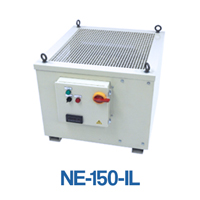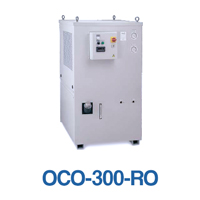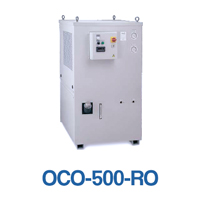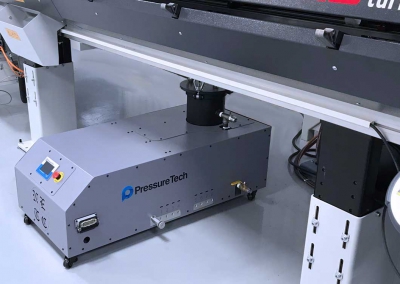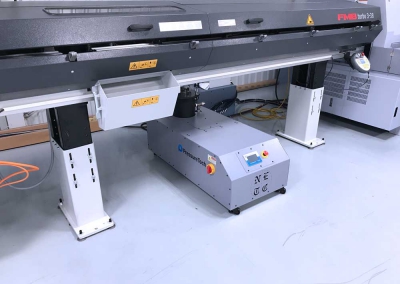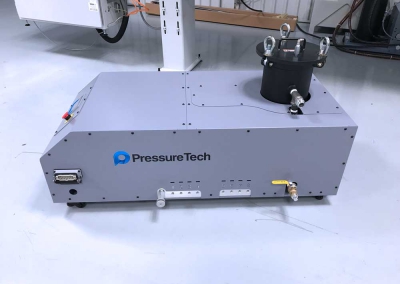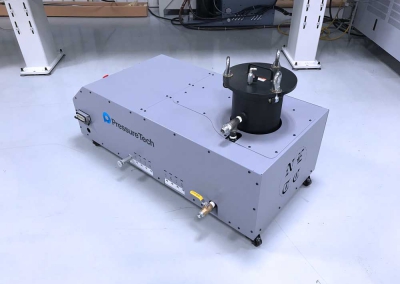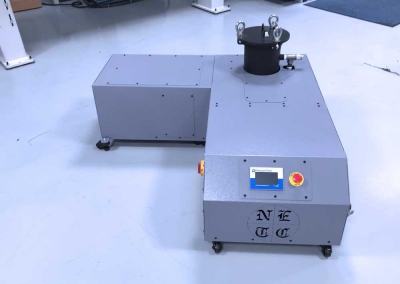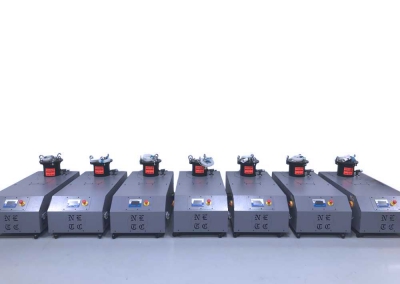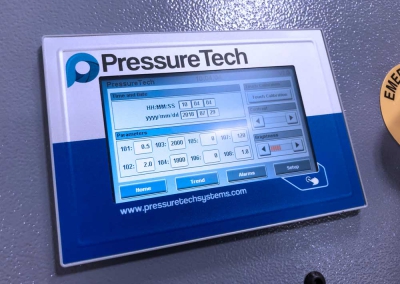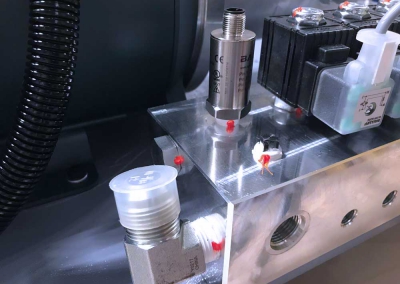
Chillers
As both the speed and precision of machine tools increases, the control of heat becomes more and more critical to the maintenance of extremely close tolerances. Coolant temperature control can eliminate center line migration on high-speed spindles and heat distortion of machined parts. Lower temperature coolants increase tool life while reducing oxidation and evaporation. Parts positioning can be stabilized by controlling the temperature of hydraulic oils, lubricants, and coolants. Machine tool cooling is still one of our many specialties. We are completely familiar with the challenges of achieving precise control while minimizing downtime in harsh industrial environments.
Q: “Which Chiller Do I need?”
A: “It depends on many factors. Generally, an OC-150 will be sufficient for all Swiss machining. For a turning center 2-3’’ an OC-300 and > 4’’ an OC-500.”
NE-150 IL = 1,800 BTU or 1.5 Ton
OCO-300 RO = 3,600 BTU or 3 Ton
OCO-500 RO = 6,000 BTU or 5 Ton
The above are generalizations. To be certain you are choosing the correct pump, either give us a call or refer to the calculations below to determine your heat load.
Determining the Heat Load
The heat load is the amount of heat to be removed from the coolant as it passes through the chiller. In order to size a cooler, this heat load must be accurately determined. This can be done in several ways:
Measure Flow & Temperature Change
The most accurate way to determine heat load is to measure the flow of the coolant. (This can be done by timing how long it takes to fill a five-gallon bucket.) Measure the change in temperature (Δ T) of the coolant as it enters and leaves the heat source. Calculate the heat load as follows:
Flow Rate (gal/hr) x Coolant Weight (lbs/gal) x Specific Heat of Coolant x Δ TºF = BTU/HR
Measure the Change in Temperature of the Coolant in the Sump
If there is a sump on your machine tool, measure the temperature of the coolant in the sump before machine startup. Then measure the temperature of that same coolant at 30-minute intervals for three hours after start-up while the machine is operating at full capacity. Determine the total volume of
coolant in the sump and coolant loop. Take the hour interval with the greatest temperature change and plug the numbers into the following formula:
Gallons of Coolant x Coolant Weight (lbs/gal) x Specific Heat of Coolant x Δ TºF/HR = BTU/HR
Size the Cooler by the Motor Horsepower
The coolant is heated either directly or indirectly by a motor or motors. Theoretically, if you know the motor horsepower you can easily determine the heat load. But, it is not always so simple. Duty cycle, motor efficiency, and ambient heat loss or gain can have a great effect on the heat load. However, if the motor horsepower is known and its operation is fairly steady at maximum output:

